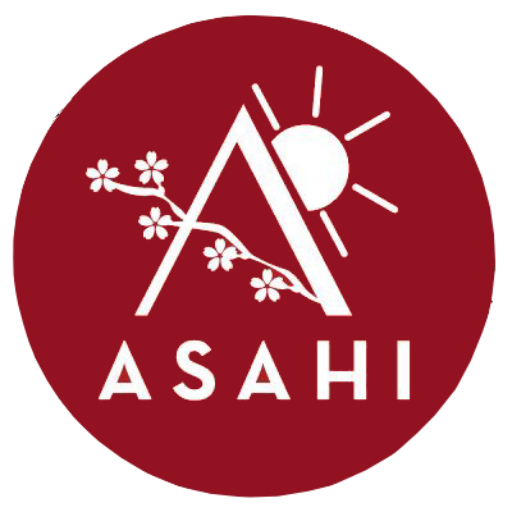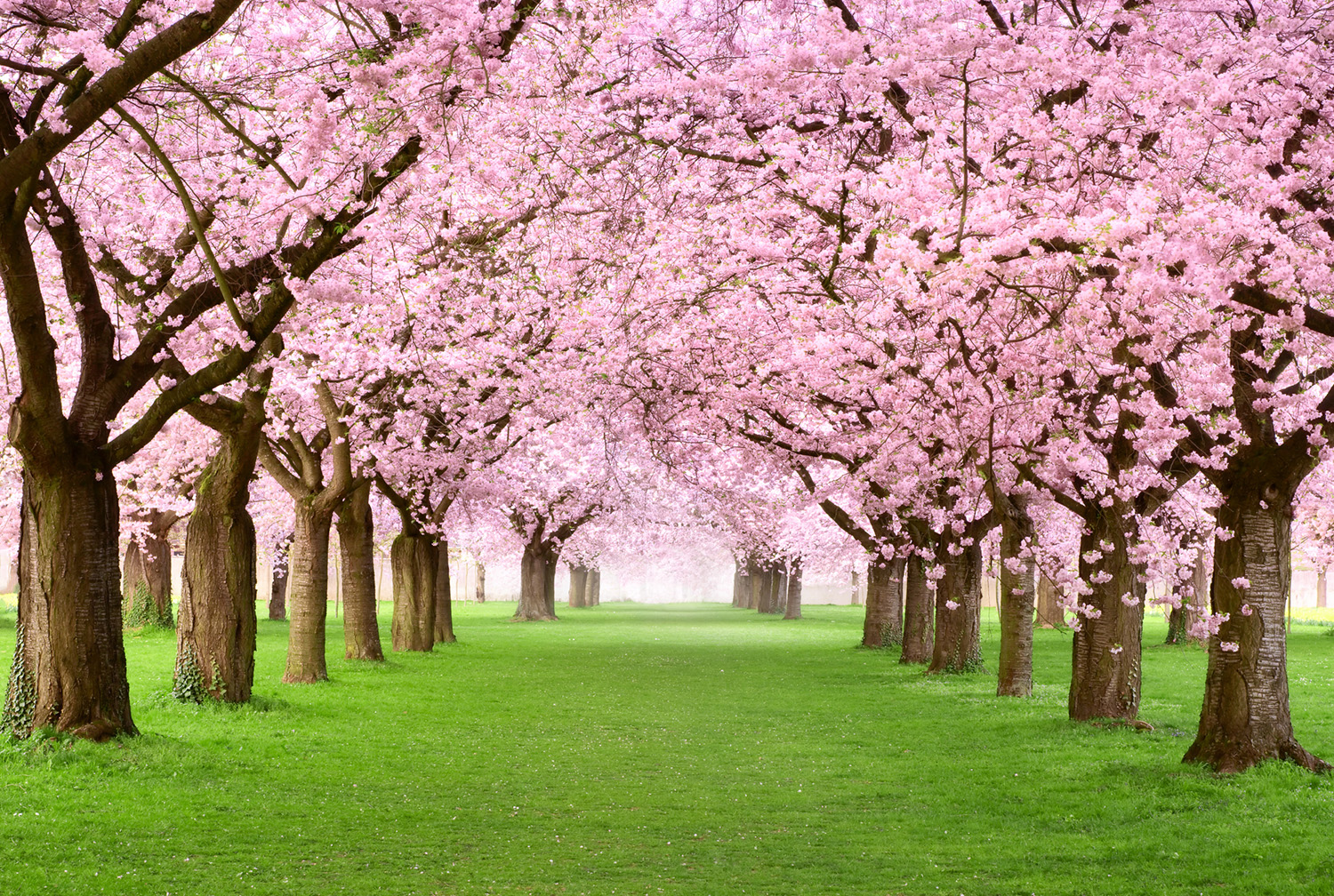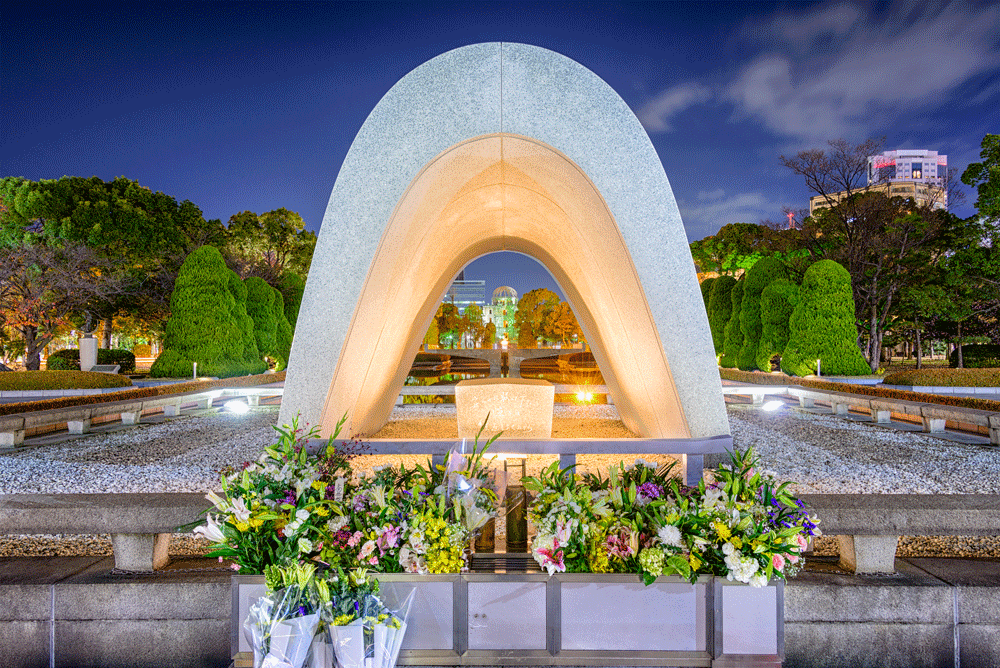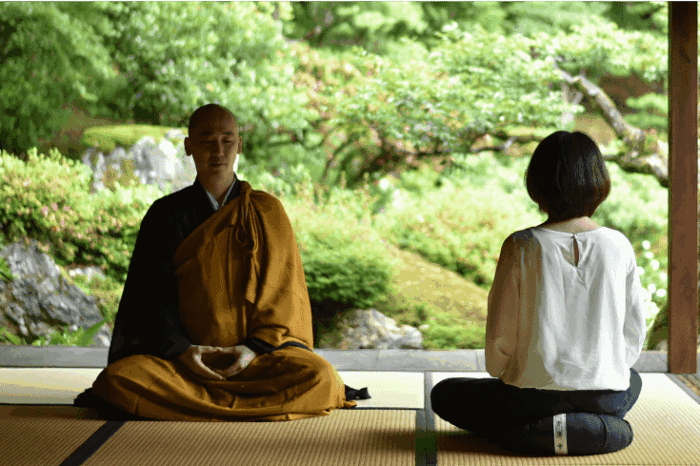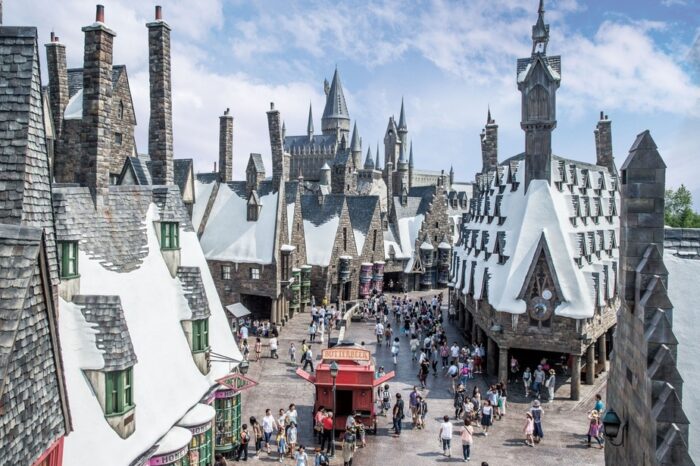Innovative Japan
From technological advancements to amazing scientific discoveries, Japan continues to lead the wave of innovation and experimentation. With its belief in limitless possibilities, expanding and pushing back boundaries of the unknown, Japan is committed to being the very first country to prove that it is possible to grow through innovation even when its population declines. Visit Japan and join the exploration. Watch as revelations continue to unfold!
The Sights You’ll See:
Tokyo
Tokyo is one of the 47 prefectures of Japan.Tokyo is in the Kantō region on the southeastern side of the main island Honshu and includes the Izu Islands and Ogasawara Islands. It is the capital of Japan, the center of the Greater Tokyo Area, and the most populous metropolitan area in the world. It is also the seat of the Japanese government and the Imperial Palace, and the home of the Japanese Imperial Family. Tokyo Metropolis was formed in 1943 from the merger of the former Tokyo Prefecture and the city of Tokyo.
The Tokyo Tower
The Tokyo Tower at 333 meters tall, is 13 meters taller than its model, the Eiffel Tower of Paris, and the world’s tallest self-supporting steel tower. It was completed in the year 1958 as a symbol of Japan’s rebirth as a major economic power and serves as a television and radio broadcast antenna and tourist attraction.

Meiji Shrine
The Meiji Shrine (Meiji Jingū) is a shrine dedicated to the deified spirits of Emperor Meiji and his consort, Empress Shoken in 1920, eight years after the passing of the emperor and six years after the passing of the empress. The shrine was destroyed during the Second World War but was rebuilt shortly thereafter.

Imperial House
The Imperial House of Japan also referred to as the Imperial Family and the Yamato dynasty comprises those members of the extended family of the reigning Emperor of Japan who undertake official and public duties. Under the present Constitution of Japan, the Emperor is “the symbol of the State and of the unity of the people”. Other members of the imperial family perform ceremonial and social duties but have no role in the affairs of government. The duties as an Emperor are passed down the line to their children and so on.
Senso-Ji Temple
The Sensoji (Sensoji also known as Asakusa Kannon Temple) is a Buddhist temple located in Asakusa. It is one of Tokyo’s most colorful and popular temples. The legend says that in the year 628, two brothers fished a statue of Kannon, the goddess of mercy, out of the Sumida River, and even though they put the statue back into the river, it always returned to them. Consequently, Sensoji was built nearby for the goddess of Kannon. The temple was completed in 645, making it Tokyo’s oldest temple.
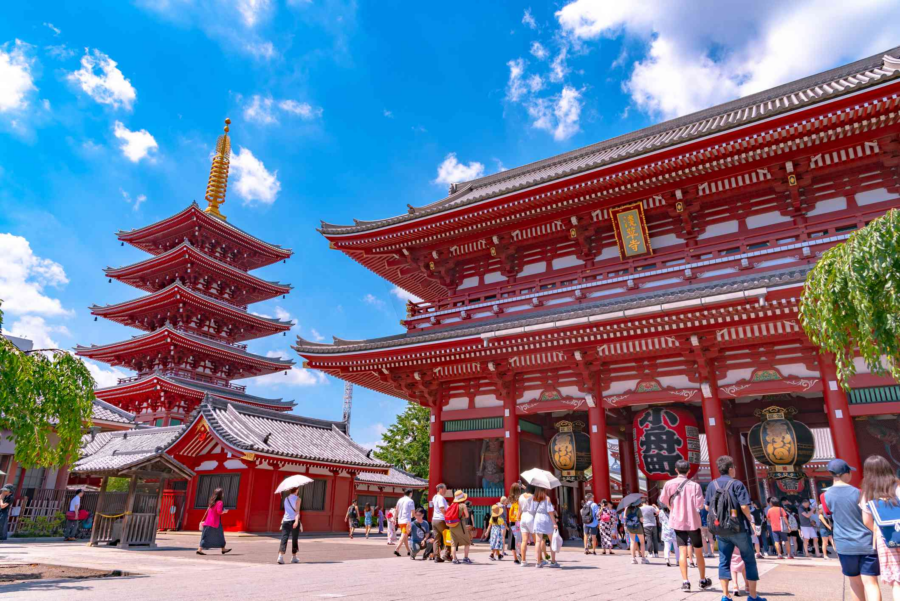
Nakamise Shopping
The Nakamise shopping street stretches over approximately 250 meters from Kaminarimon to the main grounds of Sensoji Temple. It is lined by more than 50 shops, which offer local specialties and the usual array of tourist souvenirs.
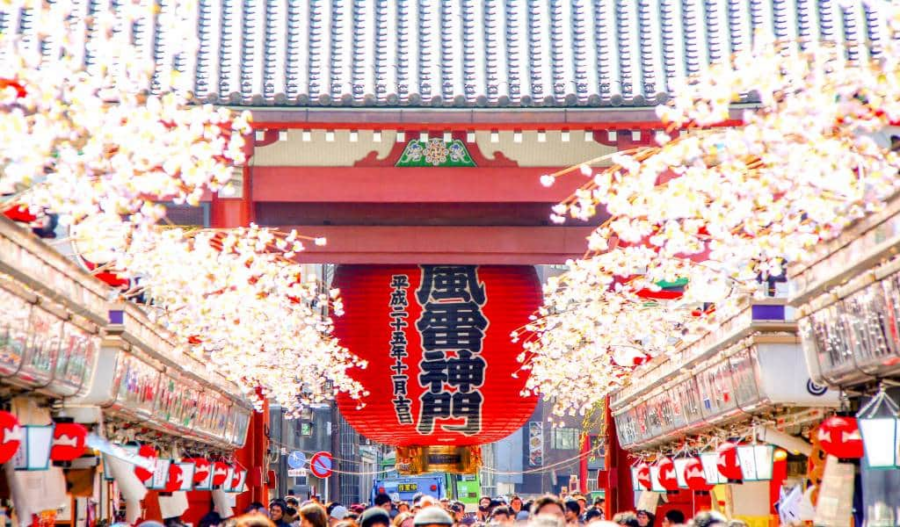
Ginza
Ginza is Tokyo’s most famous upmarket shopping, dining and entertainment district, featuring numerous department stores, boutiques, art galleries, restaurants, nightclubs and cafes. One square meter of land in the district’s center is worth over ten million yen, making it one of the most expensive real estate in Japan. It is where you can find the infamous $10 cups of coffee and where virtually every leading brand name in fashion and cosmetics has a presence.

Tokyo Dome
Tokyo Dome City is a leisure complex in central Tokyo consisting of the Tokyo Dome baseball stadium, an amusement park, the LaQua spa, a variety of shops and restaurants and Tokyo Dome Hotel. Tokyo Dome, seating 55,000, is the home stadium of the Yomiuri Giants, a professional baseball team. Concerts, festivals, and other events are held in the stadium when there are no games. Tokyo Dome, nicknamed “Big Egg”, was completed in 1988 and replaced the former Korakuen Stadium.The amusement complex used to be known as Korakuen, named after the former baseball stadium, which in turn was named after Koishikawa Korakuen, a nearby Japanese landscape garden.
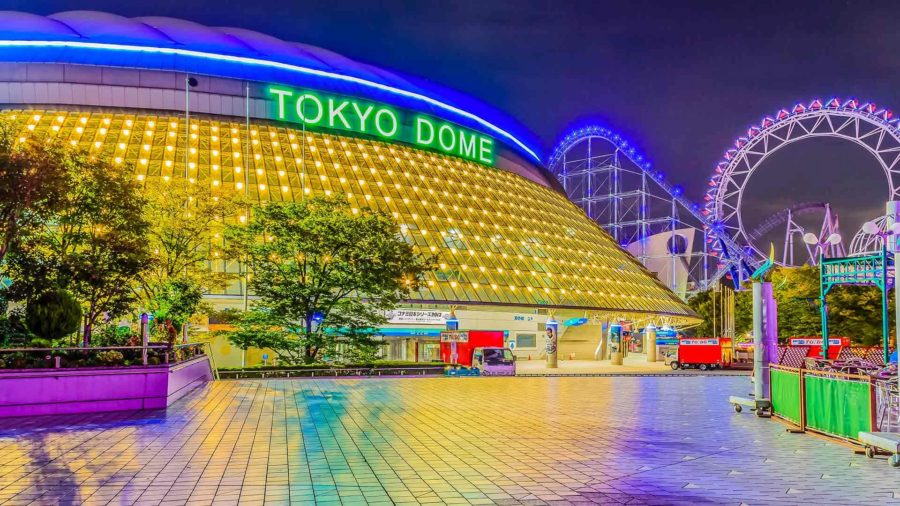
Hakone
Hakone is part of Shizouka Prefecture, less than 100 kilometers from Tokyo. It is famous for its hot springs, outdoor activities, natural beauty and the view of nearby Mt. Fuji. Hakone is one of the most popular destinations among Japanese and international tourists looking for a break from Tokyo.

Mt. Fuji 5th Station
Mount Fuji (Fujisan) is with 3776 meters Japan’s highest mountain, making It is no surprise that the nearly perfectly shaped volcano, has been worshipped as a sacred mountain and experienced big popularity among artists and common people.

Lake Ashi Cruise
Lake Ashi or Hakone Lake is a scenic lake in the Hakone area of Kanagawa Prefecture in Japan. It is a crater lake that lies along the southwest wall of the caldera of Mount Hakone, a complex volcano. The lake is known for its views of Mt. Fuji and its numerous hot springs. A number of pleasure boats and ferries traverse the lake, providing scenic views for tourists and passengers.

Mt. Komagatake Ropeway
The Central Alps Komagatake Ropeway, which opened in 1967 as Japan’ s first mountain ropeway line, runs up to the Senjojiki Cirque directly below Mt. Hokendake. Chuo Alps Kanko celebrated its 50th anniversary in 2013. From the top of Mt. Komagatake (elevation: 2956 m, 9698 f t.), the main peak of the Central Alps, you have access to exquisite views of not only Mt. Fuji, but also of the Southern Alps, Mt. Ontake, Mt. Norikura, and the Northern Alps. The area is also famous for being home to a treasure trove of different rare alpine flowers and other alpine plants. Take a ride on the Central Alps Komagatake Ropeway and enjoy experiencing one of the greatest expanses of natural scenery in Japan.
Nagoya
Nagoya is Japan’s fourth most populated city. It is the capital of Aichi Prefecture and the principal city of the Nobi plain, one of Honshu’s three large plains and metropolitan and industrial centers. Nagoya developed as the castle town of the Owari, one of the three branches of the ruling Tokugawa family during the Edo Period. Much of the city, including most of its historic buildings, were destroyed in the air raids of 1945. The Toyota Motor Corporation maintains its headquarters just outside of Nagoya.

Nagoya Castle
Nagoya Castle was built in the beginning of the Edo Period as the seat of one of the three branches of the ruling Tokugawa family, the Owari branch. As such, it was one of the largest castles in the country, and the castle town around it ultimately grew to become Japan’s fourth largest city. Most castle buildings were destroyed in the air raids of 1945, including the castle keep and the palace buildings. The current ferro-concrete reconstruction of the castle keep dates from 1959 and contains a modern museum with exhibits about the castle’s history.
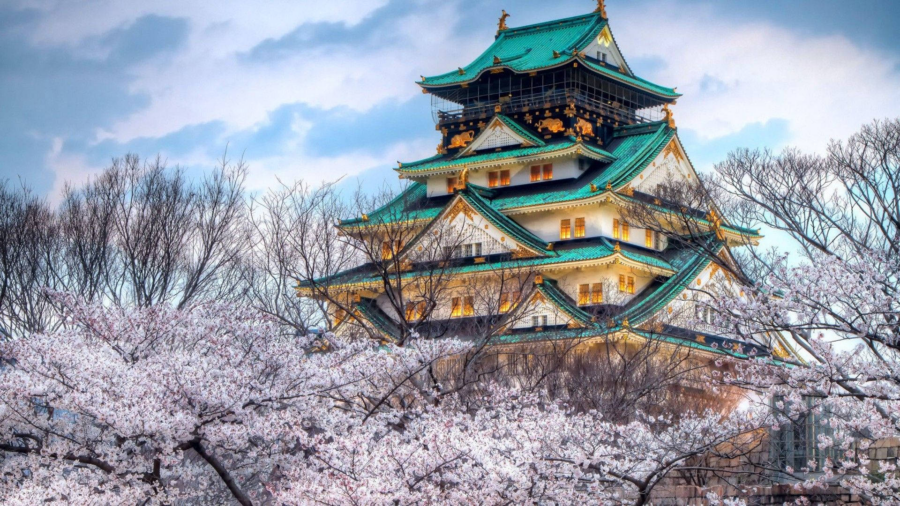
Toyota Car Museum
Japan’s leading car manufacturer, Toyota, has its headquarters and many of its domestic production plants in the region around Nagoya. The company’s headquarters are located in the city of Toyota, less than one hour east of central Nagoya. Next to the headquarters stands the Toyota Kaikan Museum, where Toyota displays it’s new models and technologies to the public and periodically holds robot shows.The Kaikan Museum also serves as the meeting point for plant tours.
Hiroshima
Hiroshima is the principal city of the Chugoku Region and home to over a million inhabitants.When the first atomic bomb was dropped over Hiroshima on August 6, 1945, the city became known worldwide for this unenviable distinction. The destructive power of the bomb was tremendous and obliterated nearly everything within a two kilometer radius. After the war, great efforts were taken to rebuild the city. Predictions that the city would be uninhabitable proved false. Destroyed monuments of Hiroshima’s historical heritage, like Hiroshima Castle and Shukkeien Garden, were reconstructed. In the center of the city a large park was built and given a name that would reflect the aspirations of the re-born city: Peace Memorial Park.
Miyajima Island and Itsukushima Shrine
Miyajima Island and Itsukushima Shrine is an island in the western part of the Inland Sea of Japan, located in the northwest of Hiroshima Bay. It is popularly known as Miyajima. Itsukushima is famous for the Itsukushima Shrine, a UNESCO World Heritage Site. According to records, the shrine was established in the time of Empress Suiko. The warrior-courtier Taira no Kiyomori gave the shrine its present form. In 1555, MōriMotonari defeated Sue Harukata at the Battle of Miyajima. Toyotomi Hideyoshi built a large building, the Senjō-kaku, on a hill above the shrine.

Hiroshima Peace Memorial Park and Museum
This large-scale park was established in 1949 after the Pacific War ended, and is visited by countless visitors as a symbol of peace. The museum within the park is an Important Cultural Property of Japan and was built to remind future generations of the terror wrought by atomic bombs.
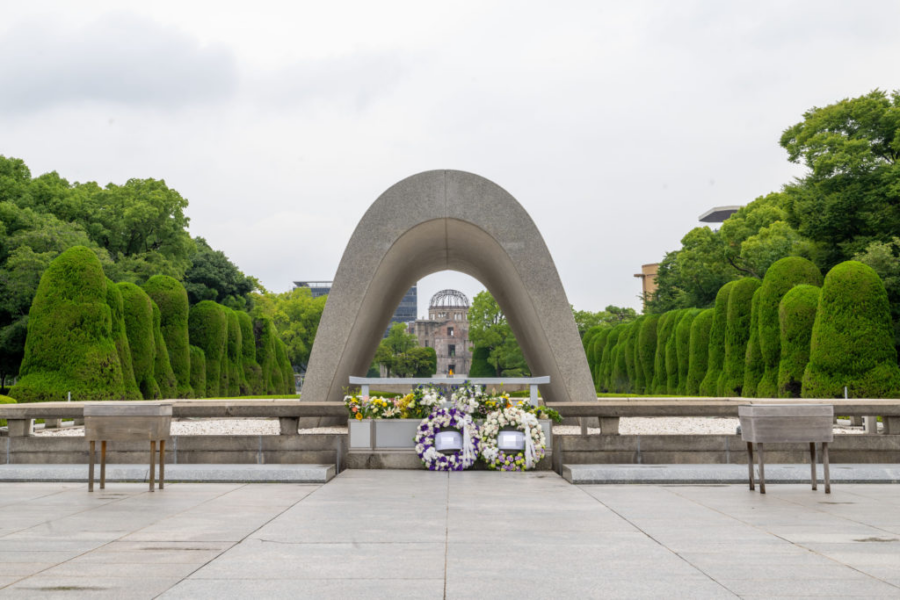
Atomic Bomb Dome
The Atomic Bomb Dome is a symbol of the disastrous atomic bombing during WWII, the first atomic bombs used in human history, and has been preserved as it was to promote peace and elimination of atomic weapons around the world.

Kyoto
Formerly known as Meaco, is a city located in the central part of the island of Honshu, Japan. It has a population close to 1.5 million. Formerly the imperial capital of Japan for more than one thousand years, it is now the capital city of Kyoto Prefecture located in the Kansai region, as well as a major part of the Kyoto-Osaka-Kobe metropolitan area. One historical nickname for the city is the City of Ten Thousand Shrines.
Gion Historical Preservation District
Take a stroll around the Gion Historical Preservation District while heading to the Yoshi-ima Ryokan from Gion Corner. Enjoy exploring the narrow streets with many old ochaya (Japanese-style teahouses providing meals and performances of maiko girls and geiko women).
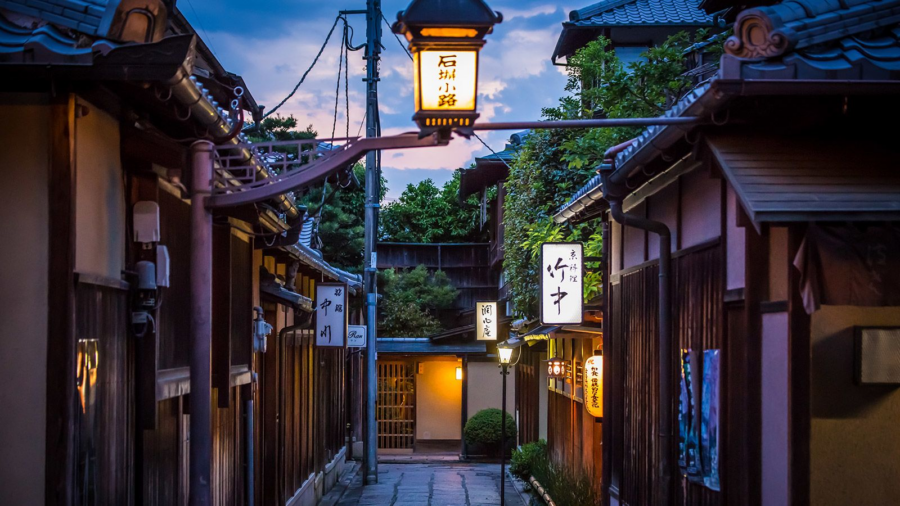
Nijo Castle
A UNESCO World Heritage Site. Tour the historical castle completed in 1626, which was built to provide lodging for Tokugawa Shogun and as a palladium for Kyoto Imperial Palace.

Kinkaku-ji Temple
A World Heritage Site, also known as the Golden Pavilion. The wooden architecture is covered in thin layers of pure gold and is surrounded by a beautiful lake.
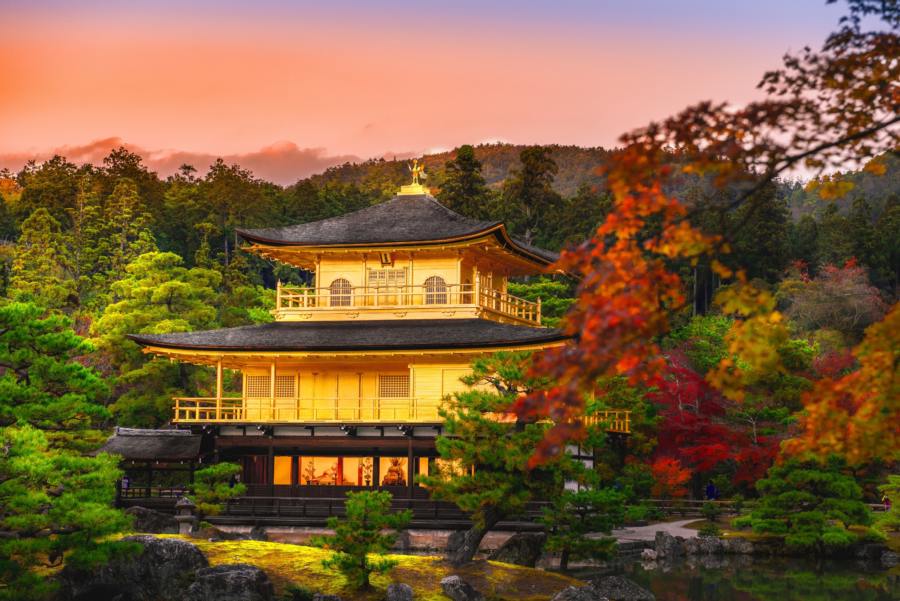
Kyoto Imperial Palace
Rich in tradition, Kyoto Imperial Palace preserves the look and ambiance of the Palace as it had been in the time of Japan’s ancient imperial dynasties. The current Palace was rebuilt in 1855 and comprises several structures–including the Shisinden, the Seiryoden, the Kogosyo, the Ogakumonjyo, and the Otsunegoten–that reflect the architectural styles of various periods.
Kitano Tenmangu Shrine
This shrine’s main hall is a designated national treasure and is famous for housing the God of scholarship. The shrine is especially great to see during the plum blossom and autumn leaf seasons.
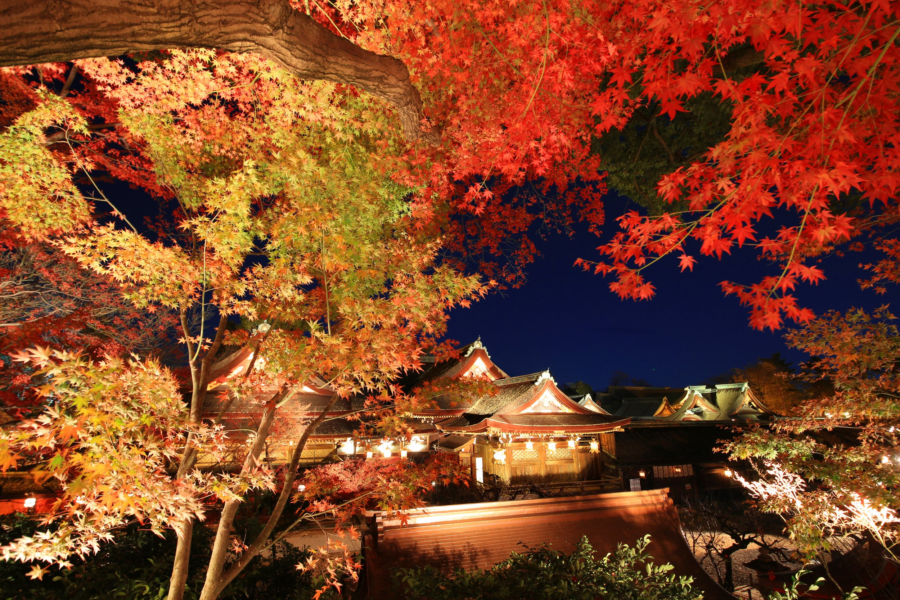
Nara Park & Todai-ji Temple
This is the symbol of the Nara Period and one of the world’s largest wooden structures. Its huge main hall and bronze Great Buddha are impressive to behold.
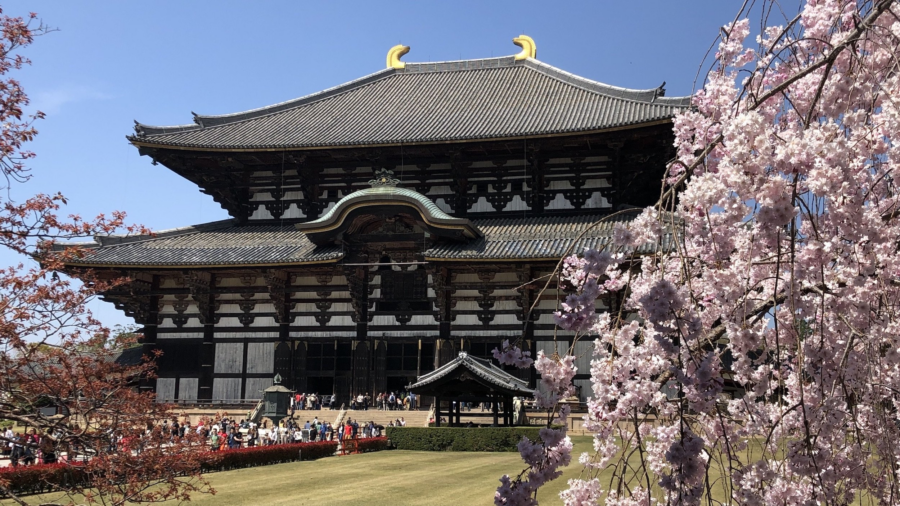
Kasuga Taisha Shrine
This Nara Period shrine is designated as a World Heritage Site. The deer of Nara Park is thought to be the shrine messengers.
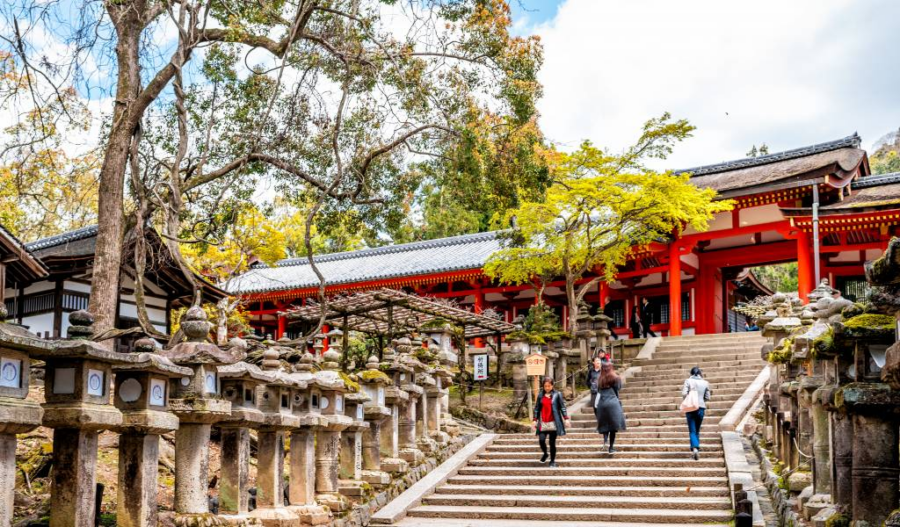
Nara Nagomikan
The largest souvenir shop in Nara. Enjoy yourself in this spacious shop and look for the perfect souvenir.
Our Services
We offer a comprehensive range of services to meet your travel need.

Itinerary Planning
Let us create a tailor-made itinerary that reflects your interests, preferences & budget.
Expert Guidance
Our team of experts is here to offer personalized guidance and support every step of the way.
24/7 Customer Support
Book places effortlessly with our secure platform, backed by expert support.
Travel Logistics
We handle transfers, accommodation and transport, so you just relax and explore.-
IncludedLocal transportation5 Star AccomodationProfessional GuideEntry Fees
-
Not IncludedDeparture Taxes
- Blogs
- Culinary Delights by the Sea: Exploring Beachside Cuisine in Japan
- Seasonal Foods in Japan: What to Eat in September
- Enchanting Japanese Beaches: Your Perfect Summer Escape
- Culinary Delights by the Sea: Exploring Beachside Cuisine in Japan
- Snowboarding in Japan: Adventure Meets Culture
- Surfing in Japan: Waves of the Rising Sun
- A Bird Watcher’s Odyssey : Japan’s Avian Paradise
- Japan’s Art Odyssey: Where Tradition Meets Innovation
- Autumn Onsens: Amidst Japan’s Fall Foliage
- Japan’s Tourism Explosion In 2024
- Sapporo- Your Winter Destination
- Through the Lens- Tokyo and Kyoto
- Japanese Green Tea
- Seasons of Japan
- Destinations
- Tours
- About Us
- Contact Us
